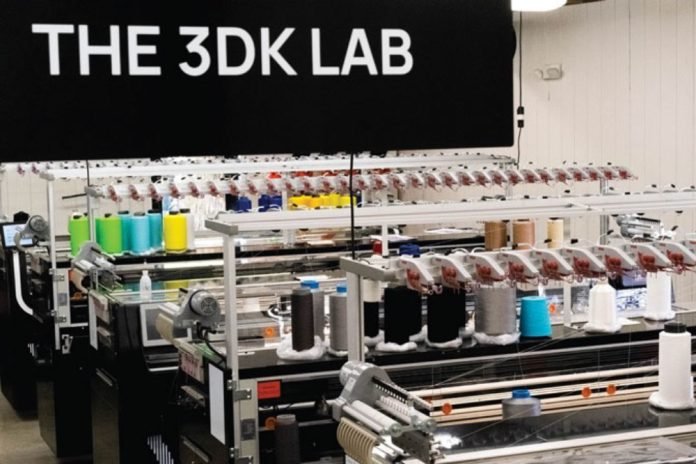In an industry characterized by rapid changes and relentless innovation, the adoption of 3D digital sampling marks a significant leap forward, heralding a new era of sustainability and efficiency in fashion. Spearheaded by the pioneering efforts of VARIANT3D, this technology is reshaping the landscape of apparel design and manufacturing, promising a greener, faster, and more imaginative future.
Historically, the creation of physical samples has been a necessary step in the fashion design process, but one fraught with inefficiencies and environmental concerns. Traditional methods consume considerable amounts of resources, including water and chemicals, and contribute to the industry’s substantial carbon footprint. Moreover, the production of physical samples is slow and often results in significant waste, with many designs never progressing to full production.

Enter the game-changing solution: 3D digital sampling. By leveraging advanced software, designers can now visualize and refine their creations in a virtual environment, bypassing the need for physical prototypes. This not only accelerates the design process but also drastically reduces the environmental impact. For instance, digital garments generate 97% less carbon dioxide than their physical counterparts, according to studies referenced by the United Nations Alliance for Sustainable Fashion.
One of the most striking advantages of 3D digital sampling is its capacity to slash lead times. What once took weeks or months can now be accomplished in hours, enabling brands to respond more swiftly to market demands and trends. Furthermore, this technology significantly reduces material waste, addressing one of the fashion industry’s most pressing environmental issues. Approximately 40% of traditional samples are discarded without advancing to production, a stark contrast to the virtually zero waste associated with digital sampling.
VARIANT3D’s LOOP platform exemplifies the transformative potential of this technology. By providing a hyper-realistic preview of fabrics and designs, LOOP enables a collaborative and efficient design process, ensuring that every detail is perfected before any material is used. This approach not only conserves resources but also opens up new creative possibilities, allowing designers to experiment freely with an array of textures, patterns, and colors.
The benefits of 3D digital sampling extend beyond the design phase, impacting the entire supply chain. By eliminating the need for physical samples, brands can avoid the logistical challenges and environmental costs associated with shipping prototypes across the globe. Moreover, the technology facilitates a more dynamic interaction between designers, manufacturers, and consumers, enabling a more responsive and customer-focused industry.
As the fashion world grapples with the urgent need for sustainability, 3D digital sampling offers a promising path forward. It enables the industry to reduce its environmental footprint dramatically while enhancing creativity and innovation. Leading brands, including Under Armour, Coach, and Nike, are already harnessing this technology, signaling a broader shift towards responsible fashion practices.
In conclusion, the adoption of 3D digital sampling is more than just a technological advancement; it’s a commitment to a more sustainable and efficient future for fashion. By embracing this innovation, the industry can mitigate its environmental impact, meet consumer demands for ethical practices, and unlock new creative horizons. As we move forward, 3D digital sampling will undoubtedly play a pivotal role in shaping the future of apparel design and manufacturing, making fashion not only more beautiful but also better for our planet.



